16 Tips To Write A Great Blog Post Introduction
Author: Astha Verma
Published On: 21-09-21
Last Updated on: 18-12-23
Estimated reading time: 16 minutes
You have the most amazing idea for a blog. You have done some amazing research to create an outline and get started with it. You spent hours writing and editing the blog. But to your surprise, the average reading time for your blog is dismal.
Wondering why?
Because despite putting hours of effort into the blog, you failed to do one thing that matters the most—a compelling introduction.
An average reader spends 96 seconds on a blog. So, when you’re looking to entice a reader in less than 2 minutes, only a captivating blog introduction will do the job!
The logic is simple.
Imagine you’re in a new place and you don’t know anyone. Only a few people will engage with you, right? But the host introducing you to everyone will increase your chances of interaction. That’s exactly the case with blog post introductions as well. If your readers are not happy reading the first few lines of your post, they will hardly read 18% of your blog.
So, do you want to learn the art of opening your blogs with a bang? This post will teach you how to write a blog introduction and a few tips you can follow to simplify this process!
Table of Contents
- What is a Blog Introduction?
- Does The Blog Post Introduction Sell The Post?
- What are the Key Elements of a Blog Introduction?
- How to Write a Blog Introduction?
- Keep it Short
- Follow the Right Structure
- Make It Visually Appealing
- Address the reader in the first sentence
- State facts, stats, and quotes
- Ask questions—but don’t overdo it
- State the Obvious to Create Relatability
- Take a Stand—Ambiguity Does Not Always Work
- Tell an Anecdote—Let the Creativity Flow
- Be Unique—compete, not copy
- The End in the Beginning
- Do Not Refer to a Time Frame
- Pay Extra Attention to Detail
- Write Your Blog Post Introduction Last
- Avoid Modifiers
- Practice Till You Become Perfect!
- Summing Up
- Frequently Asked Questions
What is a Blog Introduction?
A blog introduction is the gateway to your content, the crucial first impression that decides whether readers stay or leave. It’s more than just a beginning; it’s a strategic element that hooks the audience, sets the tone, and outlines the value of the post.
The introduction plays a pivotal role in engaging the reader, providing a glimpse into the content’s purpose and the journey ahead. This is where you capture interest, establish credibility, and build a connection with your audience.
A well-crafted introduction sets the stage for the narrative, enticing readers to delve deeper into the post. It’s a blend of art and science, leveraging persuasive writing techniques while being informative and concise. Crafting an effective blog post introduction is essential in the digital age, where attention spans are limited and content is abundant.
Does The Blog Post Introduction Sell The Post?
The first thing that hooks a reader is the working title. The blog topic and a catchy title will make eight out of ten people consider reading.
However, it is the introduction that truly sells your blog to the readers.
A generic or snoozy introduction will discourage the readers from diving deeper into your blog. After all, you’re on the internet looking for some exciting, insightful and storytelling information—not boring content that reminds you of textbooks.
To understand how important a blog post introduction can be, put yourself in your target audience’s shoes and think. ‘How many times do you find yourself skimming through an introduction and dismissing the entire blog because the introduction did not interest you?’
What are the Key Elements of a Blog Introduction?
Crafting a Captivating Hook
Instant Engagement: Start with a compelling statement, intriguing question, or a surprising fact that grabs attention.
Relatable Scenario: Pose a problem or scenario that resonates with your target audience, making them feel understood and eager to read on.
Establishing the Context
Background Information: Briefly provide context or background relevant to the topic, helping readers understand the significance of the post.
Setting the Stage: Clarify the broader topic or issue your post addresses, setting the stage for the discussion that follows.
Defining the Purpose
Clear Intent: Clearly state the purpose of your blog post. What will the reader learn or understand by the end of it?
Value Proposition: Convey the value or benefit the reader will gain, giving them a reason to invest their time in reading further.
Building a Connection
Personal Touch: Inject a personal anecdote or perspective to establish a connection with the reader, making your post more relatable and engaging.
Empathy and Understanding: Show that you understand the reader’s challenges or interests, fostering a sense of community and trust.
Establishing Credibility
Expertise and Authority: Briefly mention your expertise or experience related to the topic to build credibility.
Data-Driven Approach: If applicable, reference relevant statistics or research to back up your assertions, adding weight to your introduction.
Providing a Roadmap
Post Overview: Give a sneak peek into the structure of the post, outlining what each section or point will cover.
Expectation Setting: Manage reader expectations by clearly stating what the post will and will not cover.
Engaging Writing Style
Conversational Tone: Use a tone that is conversational yet professional, making your writing accessible and enjoyable.
Brevity and Clarity: Keep it concise and clear, avoiding jargon and overly complex sentences that might overwhelm the reader.
How to Write a Blog Introduction?
Now that you know how an enticing blog post introduction can work wonders, let us get to how to write a blog introduction that sells!
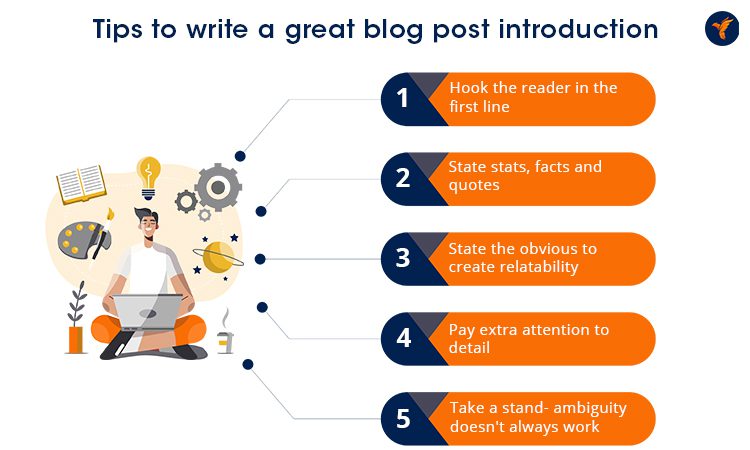
Keep it Short
An introduction is the first few paragraphs of your post.
The most common mistake writers generally commit when writing an introduction is—making it too detailed.
Lengthy introductions with too many statistics and facts will only make the reader feel overwhelmed and bounce. Therefore, our first tip is to make the introduction as crisp and concise as possible.
Ideally, a blog post introduction should not exceed 5-10% of the total word count.
Follow the Right Structure
It’s a widely known and accepted fact that the shorter the content, the more difficult it is to write. So how exactly can you keep your introductions short yet meaningful? By creating a solid structure for it.
If you are wondering how you can structure such a short piece of content, here’s a step-by-step guide on how to create an introduction that’s meaningful and compelling.
Set the Tone with a Compelling Lead
The first two lines of your introduction should focus on building a rapport with your reader and setting a tone to write a blog post.
The lede could either be conversational or informational. Whether you choose to begin with a question, statistic, fun fact, or quote depends on the topic and the target audience. However, keep this as short as one sentence or two.
Address the Main Point in the Hook
The hook addresses the main points that the blog topic aims to discuss. The hook needs to be brief and specific. It could either be an interesting fact, question, or even a single phrase.
The hook is generally how you come up with the idea for the blog post in the first place. For example, the line “But what can you do to get more people to read your entire blog post?” was the hook of this blog’s introduction.
Pro tip: The hook can merge with the lede for shorter blogs.
Shift the Focus from the Reader to the Post Through Transition
The transition part of the introduction continues the point addressed in the hook and sews it with the blog’s subject matter. This section will clarify the blog’s purpose further and will encourage your readers to continue reading.
End with a Thesis
The thesis statement is generally a single sentence that will persuade the readers to read further. It is generally a statement that will give more insights to the reader about what the post will talk about.
For example, the statement “So, do you want to learn the art of opening your blogs with a bang? You’re in the right place!” is an amalgamation of the transition and thesis on this blog’s introduction.
This rounds up the structure to follow for a captivating blog post introduction.
Make It Visually Appealing
Most readers on the internet only skim through an article. Therefore, the more visually appealing your content is, the higher the chances are of readers going through the entire post. Here’s a complete run-down on how you can make your introduction appealing.
Featured Images
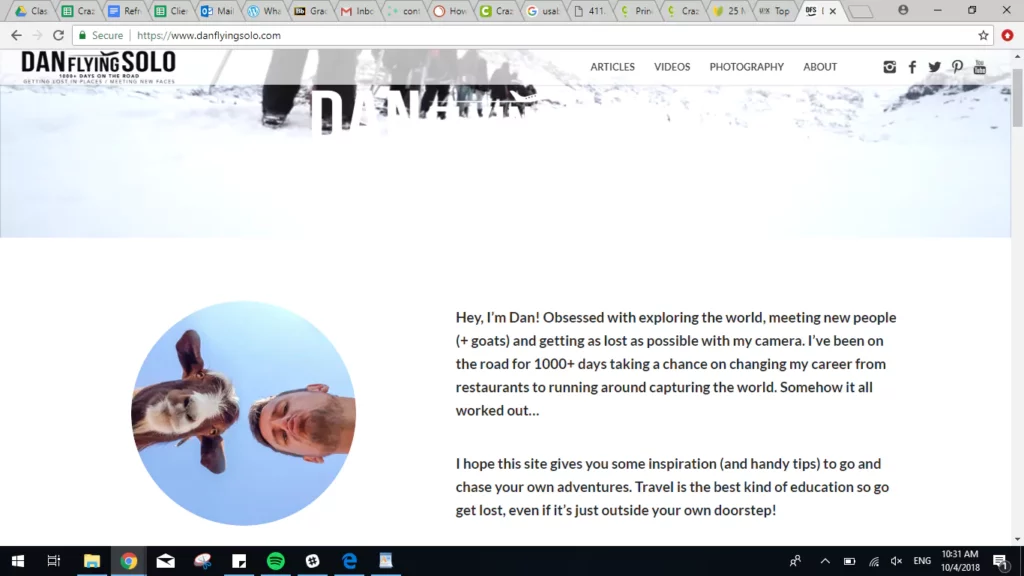
Images are the best way to attract and interest readers. Make sure you use only one relevant image to hook the reader instead of distracting them with the visual treat.
If you like to market your article on your social networks, using featured images will run the extra mile for you. This is because most readers on social media regard visual presentation of information much higher than textual one.
A Mix of Sentences and Paragraph Lengths
Your sentence length makes a huge difference in the way the introduction will appeal to your audience.
Never use too many long sentences (over 20 words) or paragraphs (over 3-4 lines) in a blog post introduction since a huge block of text will only interrupt their skimming. Add variety to the sentence and paragraph lengths in your introduction. Doing so will keep the content flowing and the reader interested.
For example: Never use all two-line paragraphs in an introduction. Rather, start with a one-liner, proceed with a three-liner followed by a two or four-liner, and such.
Right Punctuation
The more punctuation you use in an introduction, the more likely it is for the reader to stay hooked. Why?
Because punctuations allow the reader to read sentences in a more organized manner. Moreover, the more accurate the punctuations, the more elements, and the better visual appeal your introduction will have.
Hyperlinks
Believe it or not, those blue texts make a huge difference in how the text performs visually. The change in color adds a quality of intrigue to the text. Hyperlinks are also a great way to add more value and information to your overall article.
Address the reader in the first sentence
The main thing that will sell any blog immediately is addressing the reader. After all, the best tip anyone can give you for making your blogs irresistible is writing as if you’re speaking to the readers. Therefore, addressing them in the first sentence itself will add a sense of reliability to the blog.
Let us understand this concept with an example—choose the opening sentence you like better between these two options.
- You can gain more leads by building more relatable content.
- The way for a business to gain more leads is by allowing more relatability.
We’re sure you prefer the first statement from the above example, don’t you?
State facts, stats, and quotes
If you want more traffic, you will have to make your readers believe that you provide trustworthy and legitimate information. Moreover, you need to sound like you know what you’re talking about.
Therefore, stating facts, figures, and stats makes a huge difference while writing a blog post introduction.
To make this work even better, you can use a shocking statistic that will take the reader by surprise and frantically read through your post for a solution. You can use quotes if you’re trying to stress a point or motivate your reader. After all, whatever Steve Jobs said will have more impact than what you might say.
Ask questions—but don’t overdo it
The best way to start writing a breezy blog is to build a rapport with the reader—by asking them questions.
When you press on the reader’s pain points and show them what you’re selling is the solution to their problems, you are naturally hooking them.
A captivating blog post introduction: unlocked!
However, bloggers generally make the mistake of asking too many questions and end up confusing the reader. If you want the questions to lead to more sign-ups or results for your CTA, you should only ask one or two questions and present the reader with a solution.
State the Obvious to Create Relatability
Relatability and agreeability are the two things that will help you sell your blog to readers more than anything.
So, how do you get your readers to agree with you? By stating the obvious!
Make an obvious statement such as “readers do not have much time to read through blocks of information on the internet” to make your readers nod in agreement. It is this agreement that will make your readers continue reading.
Take a Stand—Ambiguity Does Not Always Work
Even though agreeability is important, you cannot always be ambiguous. If you are writing an opinion blog post introduction or need to take a side—take it. Your audience will find you as long as you are firm in what you believe in.
The best part? Once you know which side of the debate you stand for, learning how to find information and writing a blog becomes easier as well. Why? Because you have a direction to work with!
Tell an Anecdote—Let the Creativity Flow
Marketing and sales language is necessary for B2B or lead generation blogs. However, this tone will hardly help you sell anything if your audience cannot connect with the brand.
So, how do you help people feel connected?
The answer is simple—human experiences and storytelling!
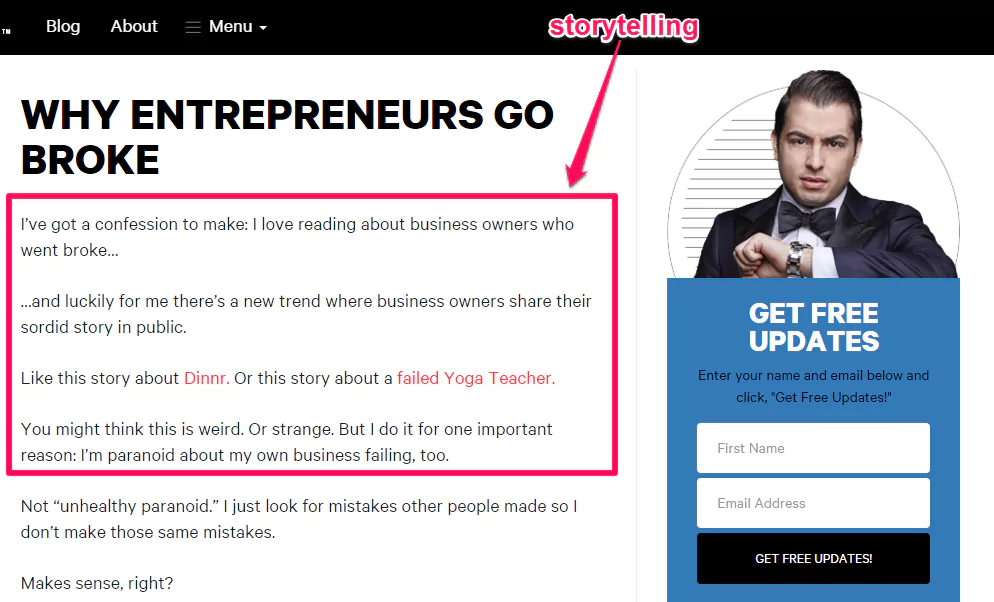
Stories and narratives are likely to hook your readers more effectively than any other tool can. The reason for this is simple – people can relate. Anything relatable causes an instant connection, leading people to either continue reading or buy your product.
If your niche is such that you can afford your blogs’ introductions to go a bit longer, you should surely try to tell a story or narrate an anecdote that is likely to reel the readers in.
In most cases, these stories will narrate how you came up with either your blog idea or the solution to the problem it strives to eradicate.
Be Unique—compete, not copy
Unless yours will be the first post on the internet about your new blog topic, ensure not getting lost in the crowd.
Make sure that your SEO strategy competes well with the other blogs. You also need to know how to compete without copying. You need to give something new to the reader, something unique to create a compelling introduction and blog post.
While a motivational quote by Prince Ea might seem like a good idea, avoid re-using an overused quote or stat.
The End in the Beginning
While stories should maintain spoiler alerts, your blog post should not. Books attract people who want to read large chunks of texts, whereas people on the internet do not.
Therefore, make sure your thesis statement in your blog post introduction talks about how the blog will end or what it offers. Once the readers know what they will gain, they will automatically figure out how to maintain their concentration.
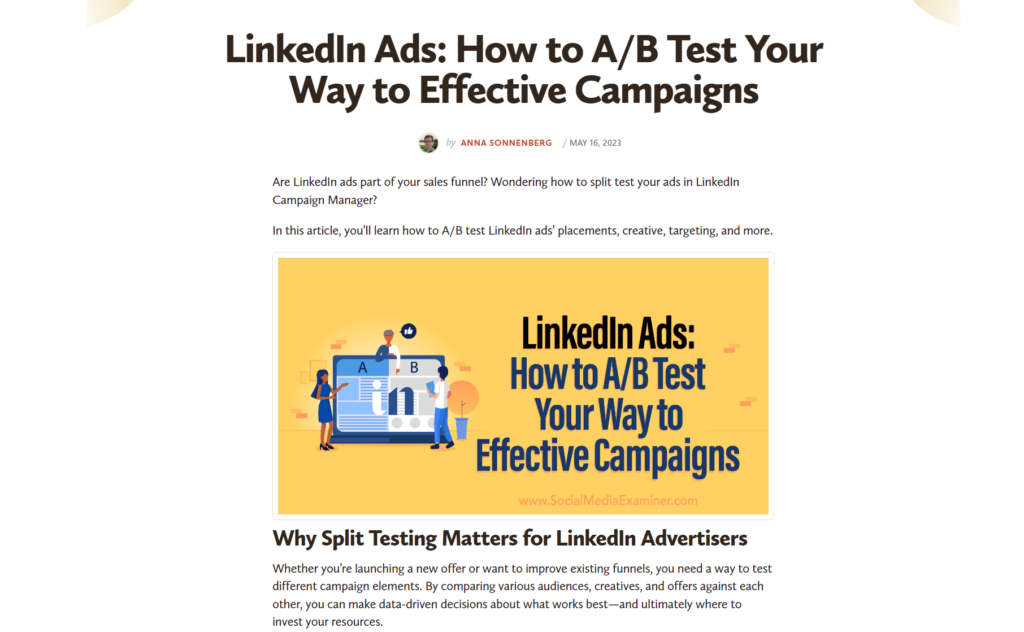
Do Not Refer to a Time Frame
Yes, an article or some posts can be time-specific. However, you should avoid using any time references in your introduction or the blog in general when it comes to most other posts.
This is a crucial step because adding a time event or frame to the introduction will be very short-lived. Therefore, even if you write a captivating blog introduction, it will only gain traffic when the period is relevant.
However, this technique is not all-inclusive. There are obviously matters that require time frame reference and will not make sense without it. Niches such as news, events, and politics thrive on time references. Therefore, make sure that you only mention a time period for blogs that refer to current incidents.
Pay Extra Attention to Detail
Considering how important introductions are, you should pay extra attention to detail while writing them.
Include the following tips in your content marketing strategy.
- Feel free to conduct primary research and write in a flow.
- Make sure that you proofread and double-check any grammatical or spelling errors after you have done so.
- Another thing you need to pay close attention to is whether or not the content is flowing correctly. All the structural elements should blend well into each other and convey the right message while being interesting at the same time.
Write Your Blog Post Introduction Last
You read that right! If you’ve been wondering how to write more captivating blog introductions, consider writing your introductions last.
The introduction is supposed to introduce the main body of your blog. But, how do you introduce something that doesn’t even exist yet? Seems absurd, right? Still, many bloggers tend to introduce something before setting concrete direction and structure for their blogs.
To write an introduction that does not catfish the reader and instead provides what it promises, you should write the introduction last. This way, you know exactly what is in the content and what you can promise to offer in the thesis statement of the introduction.
Avoid Modifiers
It is a long-held belief that using modifiers such as ‘very’ and ‘really’ can add more stress and make the subject more interesting. However, that is far from the truth. In fact, modifiers should not be present in most parts of your text – and especially not in introductions.
While modifiers add stress to the word you have used it against, they also take up words that you could use to add more detail.
Avoid using as few low-filling and low-impact filler words as possible to give more information to the reader in the less word count you’ll be working with.
Practice Till You Become Perfect!
This goes without saying—it is only through practice that you can achieve the perfection you need to write compelling introductions.

Write till you cannot think of any other witty hooks and phrases, and then write more to perfect and polish them. Learn to use them in different contexts and mix some other words to avoid repetition. In fact, practice till you start writing the same things repeatedly, and one day, you will achieve perfection!
Summing Up
Content marketers struggle day in and day out to produce the next blog post that will generate massive leads. However, even though you know how to create an introduction in a blog post, it is not something one can learn in a matter of days.
Therefore, if you want a good blog post that is likely to blow up, you should hire WrittenlyHub. With our experience and expertise in developing content marketing strategies and on-page SEO, we will help your blog posts get the reach, readability, and lead creation you desire!
Do you think we missed any trick you use to write a spectacular blog post? Let us know in the comment sections below!
Frequently Asked Questions
How to write an opening line for a blog?
Start with a hook that grabs readers’ attention, whether it’s a surprising fact, a thought-provoking question, or a compelling story. Make it relevant to your blog’s topic and set the tone for what’s to come.
What is the ideal length for a blog intro?
A blog intro should be concise, typically around 100 words. It should provide a preview of the main topic and create curiosity without revealing everything.
Why do blogs need great introductions?
Great intros engage readers from the start, encouraging them to continue reading. They also provide context, making it clear what the blog is about and why it matters.
How often should you blog?
The frequency of blogging depends on your goals and resources. Consistency is key, so choose a schedule you can maintain. Some bloggers post weekly, while others post daily or less frequently.
How to start a good introduction?
Start by identifying your target audience and the key message you want to convey. Then, craft an opening that addresses their needs, interests, or pain points to draw them into your blog post.











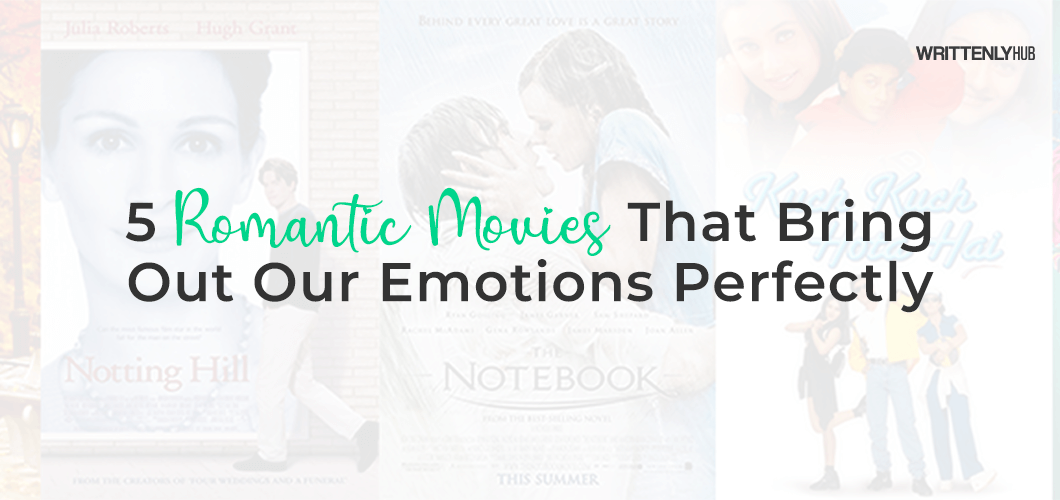








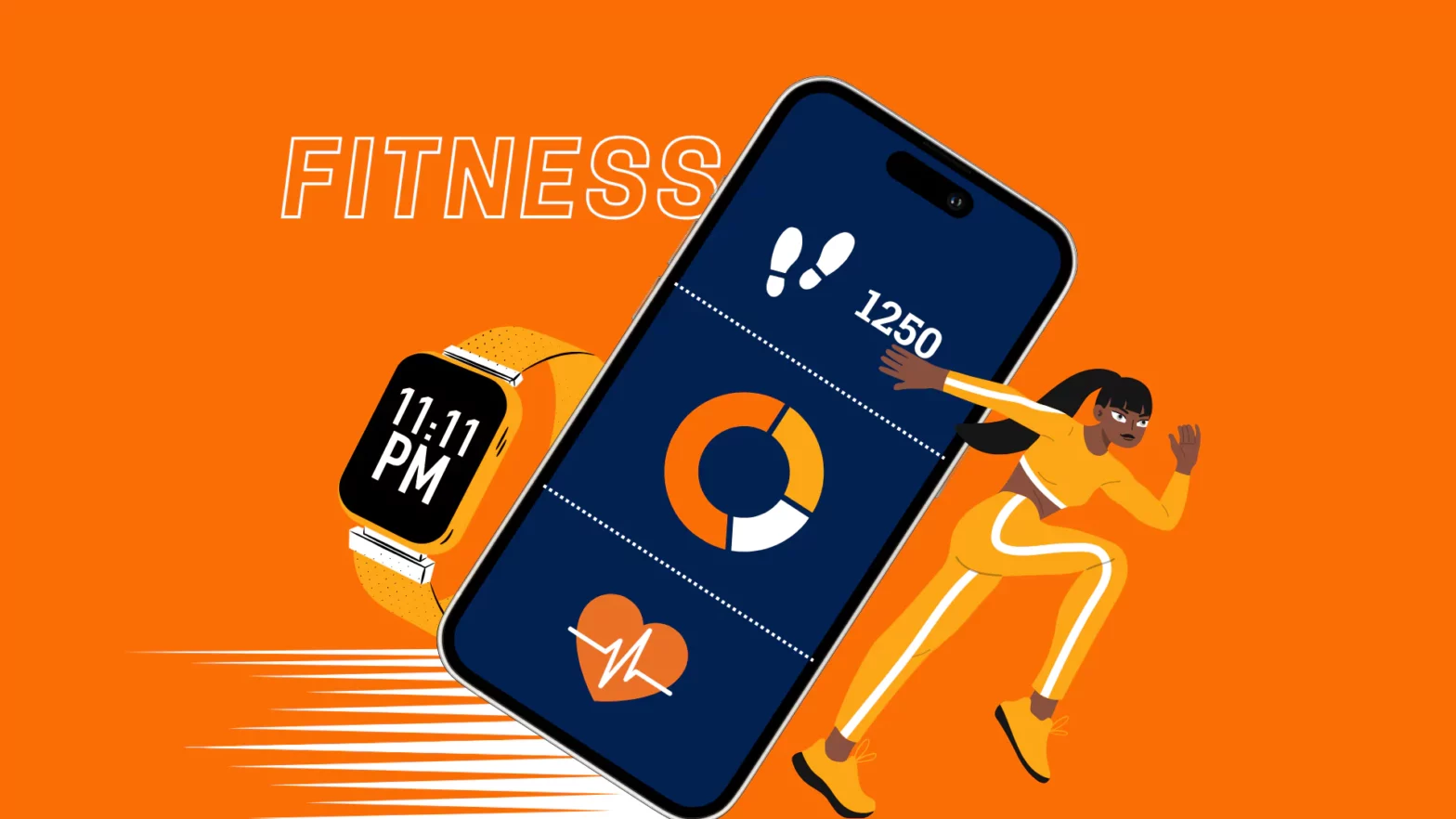









































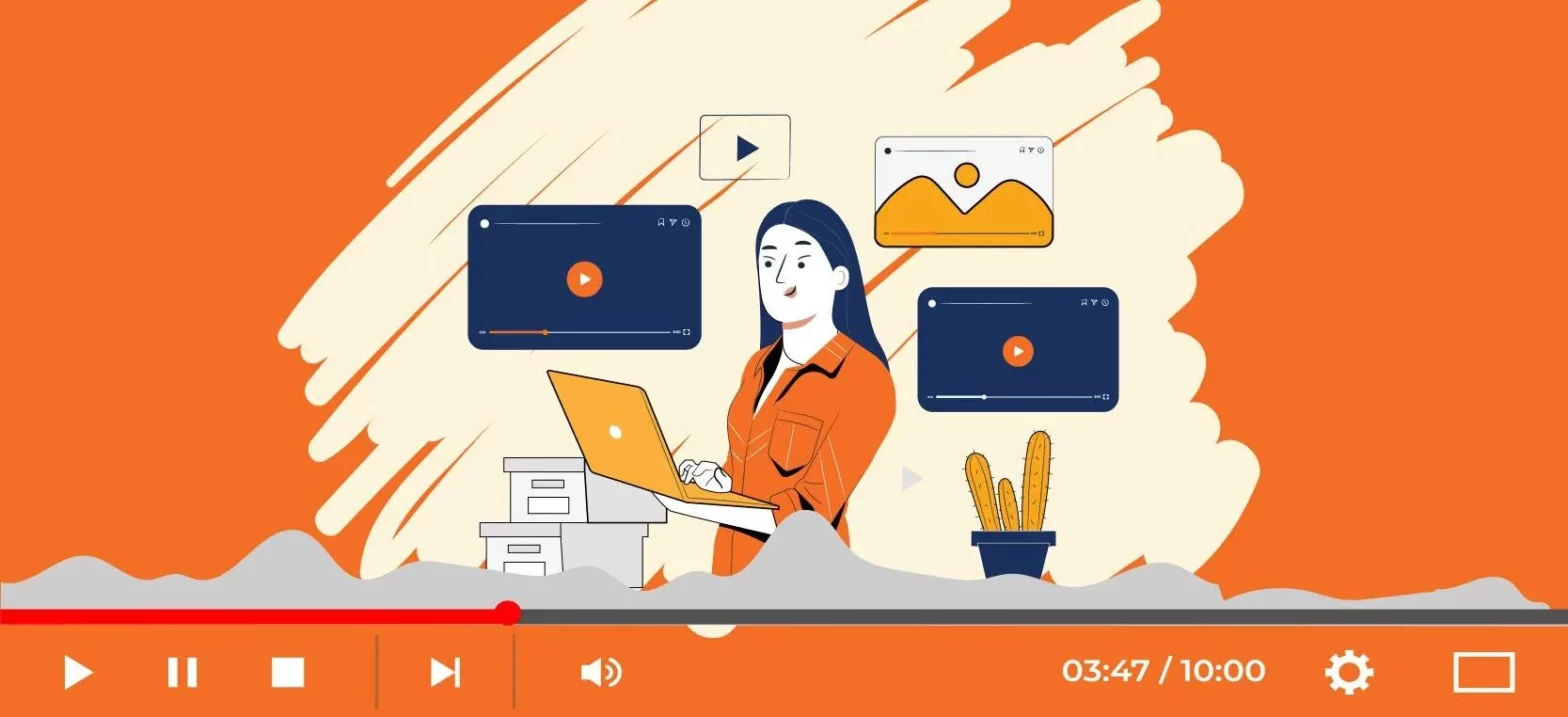










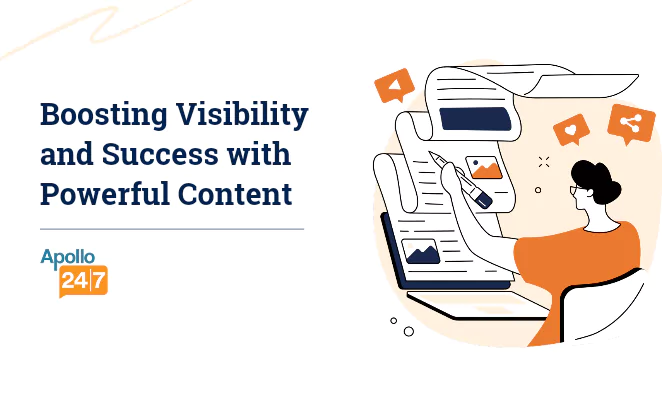













































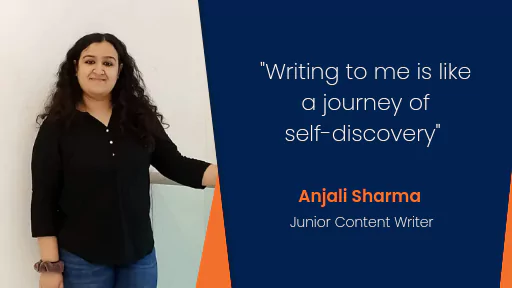

Really helpful! A good introduction is indeed important.